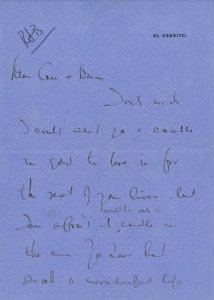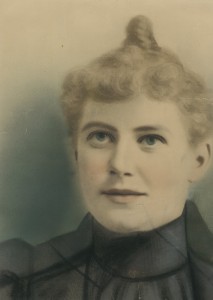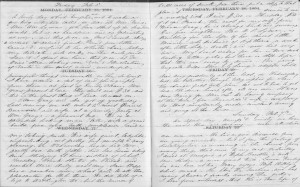Editor’s Note: This is part three of a series on digitizing our special collections. The previous posts can be read here and here.
 Good news! The next phase of our digitization project is under way. We’ve just received the first batch of images from our scanning partner, which means we can begin work on the next step: quality control.
Good news! The next phase of our digitization project is under way. We’ve just received the first batch of images from our scanning partner, which means we can begin work on the next step: quality control.
In the last post, I talked about the organizational aspects of digitization – sorting and physically preparing the items, creating a finding aid, and adding instructions when needed to make sure all the documents are scanned correctly. One of the first things we did upon getting the Howard family papers back from our scanning partner was to make sure that the organization was honored and that all of the pages were scanned. Continue reading Quality control







